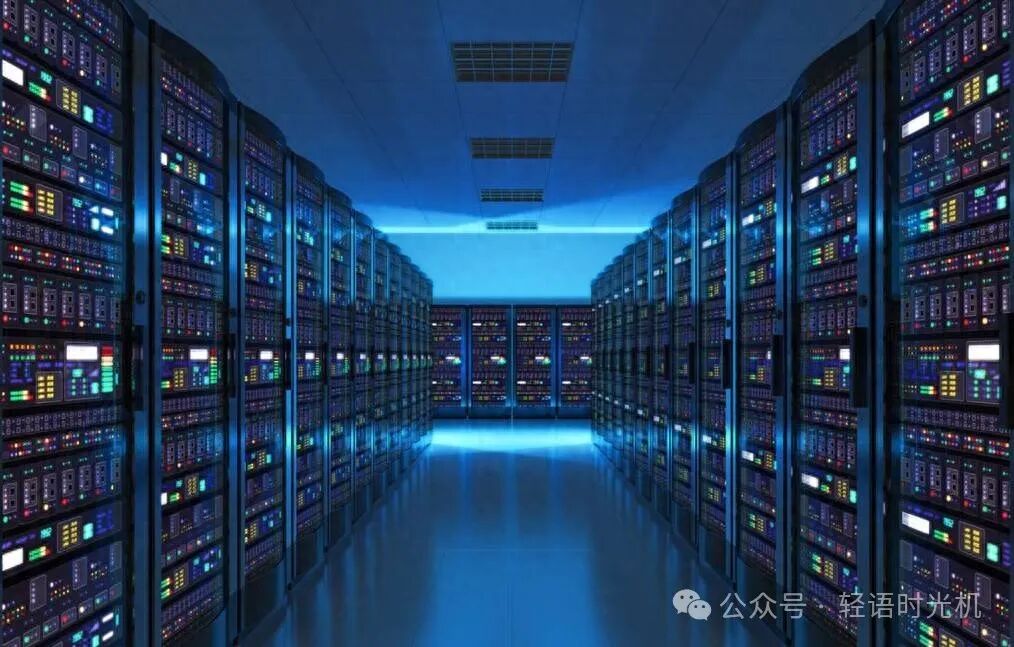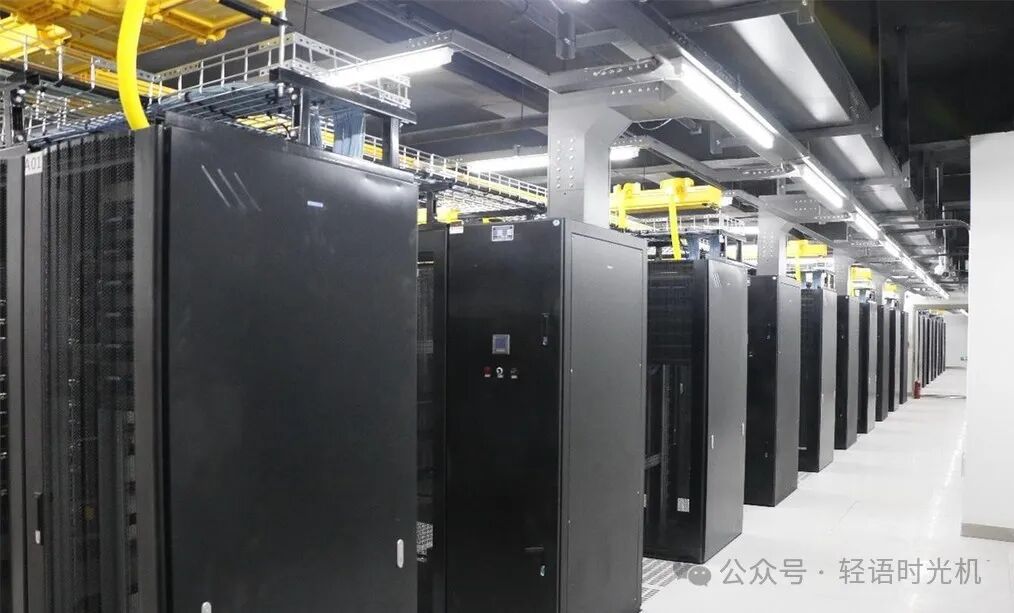In modern smart homes, home servers and network devices have become indispensable components. These devices typically require continuous operation 24 hours a day, making heat dissipation and safety protection particularly important. This article will discuss how to effectively manage heat dissipation issues in the home server and network device area and ensure their safe operation.
01
Home servers and network devices generate a significant amount of heat during prolonged operation. Improper heat dissipation can not only affect device performance but may also lead to hardware damage or even fire hazards. Common heat dissipation issues include:
- Overheating: High CPU temperatures and increased fan noise.
- Network instability: Disconnections or speed reductions due to overheating.
- Shortened hard drive lifespan: High-temperature environments accelerate hard drive wear.
- Power supply failures: Poor heat dissipation may cause power modules to fail prematurely.
Additionally, these devices often connect to important household data and smart home systems, making safety protection equally critical. Potential safety hazards include:
- Electrical fires: Aging wiring or excessive loads may trigger fires.
- Data loss: Device failures may lead to the loss of important data.
- Network security: Devices may become entry points for hacker intrusions.
A comprehensive solution is needed for heat dissipation and safety protection in the home server and network device area.
02
The following are specific steps to improve heat dissipation and safety for home servers and network devices:
- Select an appropriate location
-
Avoid direct sunlight and proximity to heat sources.
- Ensure good ventilation; do not completely enclose the devices.
- Keep away from damp areas, such as bathrooms or kitchens.
- Optimize device layout
Leave sufficient space between devices, at least 5 cm is recommended.
- Use racks or dedicated cabinets to organize devices and improve air circulation.
- Place heat-generating devices (like servers) at the bottom and cooling devices above.
- Increase cooling measures
Install additional fans, paying attention to airflow direction.
- Use heat sinks or thermal paste to optimize CPU cooling.
- Consider adding small air conditioners or dehumidifiers to control temperature and humidity.
- Standardize cable management
Use cable ducts or organizers to tidy cables and avoid obstructing airflow.
- Regularly check cables and replace aging or damaged ones.
- Use high-quality power and network cables to reduce heat generation and signal loss.
- Implement a monitoring system

-
Install temperature sensors to monitor device temperatures in real-time.
- Use network monitoring software to track device status.
- Configure an alarm system to notify when temperatures are abnormal.
- Regular maintenance
Clean devices monthly to remove dust and debris.
- Check fan operation and replace if necessary.
- Update systems and firmware to optimize performance and security.
- Backup and redundancy
Implement a regular data backup strategy.
- Consider using RAID or NAS systems to enhance data security.
- Prepare backup power (UPS) to prevent sudden power outages.
- Security protection
Install and update firewalls and antivirus software.
- Use strong passwords and change them regularly.
- Limit remote access and use VPNs when necessary.
03
When implementing the above solutions, please pay attention to the following points:
-
Safety first: Any operation involving electricity carries potential risks. If unsure, consult a professional.
-
Regular checks: Check device operation and environmental temperature at least once a week.
-
Address anomalies promptly: If abnormal temperatures or device failures are detected, immediately shut down the relevant devices and investigate the cause.
-
Use reasonably: Avoid running devices at full load for extended periods; schedule downtime for maintenance.
-
Environmental control: Keep the device area clean and dry, avoiding spills or food debris.
Remember, good heat dissipation and safety protection not only extend the lifespan of devices but also protect your data security and household property.

04
Q: How to determine if a device is overheating?
A: You can determine this by the following methods:
- Touch the device casing; if it is hot, it may be overheating.
- Listen to the fan noise; if it increases significantly, it indicates high cooling pressure.
- Use temperature monitoring software to check CPU temperatures, which should generally not exceed 70°C.
- Observe device performance; if there are lags or restarts, it may be due to overheating.
Q: Can a household air conditioner be used for device cooling?
A: Household air conditioners can help lower room temperature, but it is not recommended to blow directly at the devices because:
- Air conditioning airflow may bring dust, blocking the device’s cooling vents.
- Direct cold air may create a large temperature difference inside and outside the device, leading to condensation.
- Air conditioning cooling reduces air humidity, which may generate static electricity. It is recommended to use specialized air conditioning or dehumidifiers for small server rooms to control the environment.
Q: How to choose the right UPS (Uninterruptible Power Supply)?
A: When selecting a UPS, consider the following factors:
- Capacity: Calculate the total power consumption of all devices and choose a UPS slightly above this value.
- Type: Online UPS is more suitable for sensitive devices but is more expensive.
- Battery life: Consider the cost and frequency of battery replacement.
- Interfaces: Ensure there are enough output interfaces and management features.
- Brand reputation: Choose well-known brands to ensure after-sales service.
Q: Does a home server require a professional cooling solution?
A: This depends on the server’s configuration and usage. For most home users:
- If it is a regular PC converted into a server, the built-in cooling is usually sufficient.
- For small NAS or dedicated servers, additional cooling fans may be needed.
- If running high-load tasks (such as rendering or big data analysis), a more professional cooling solution, such as water cooling or server-grade coolers, may be required. The key is to monitor temperatures to ensure long-term stable operation within safe ranges.